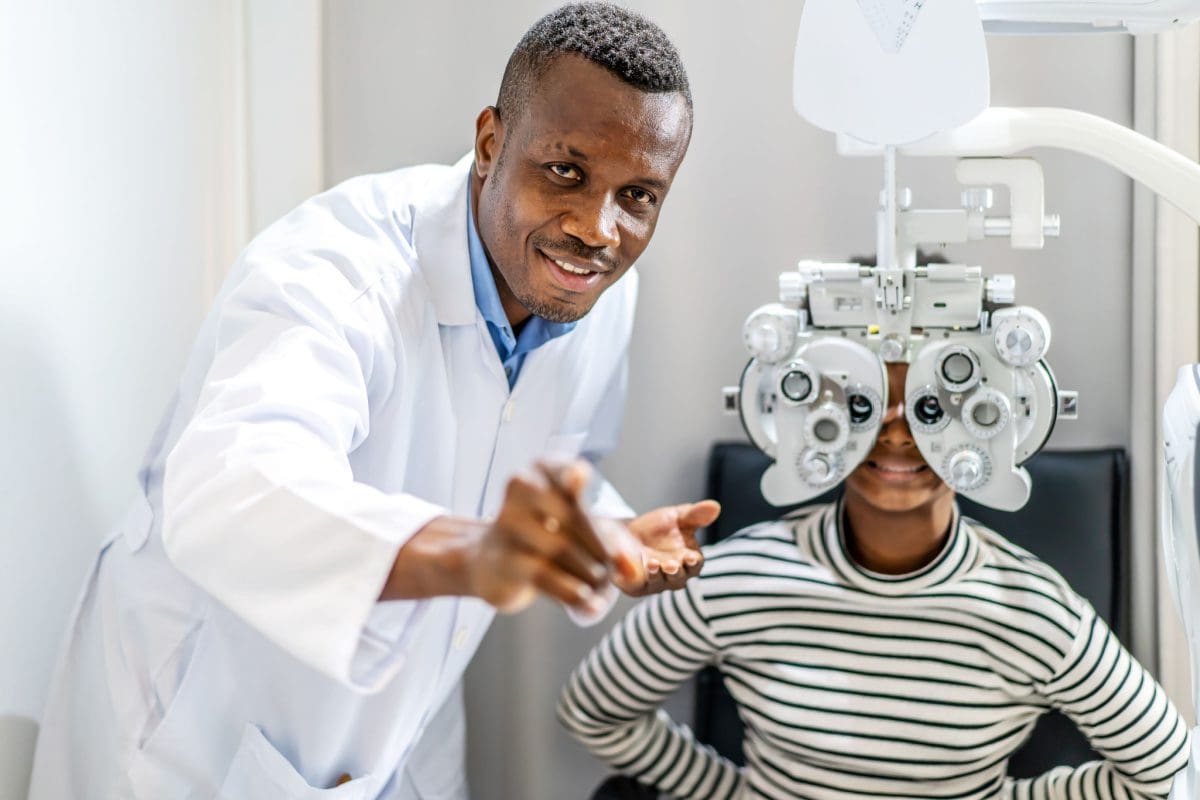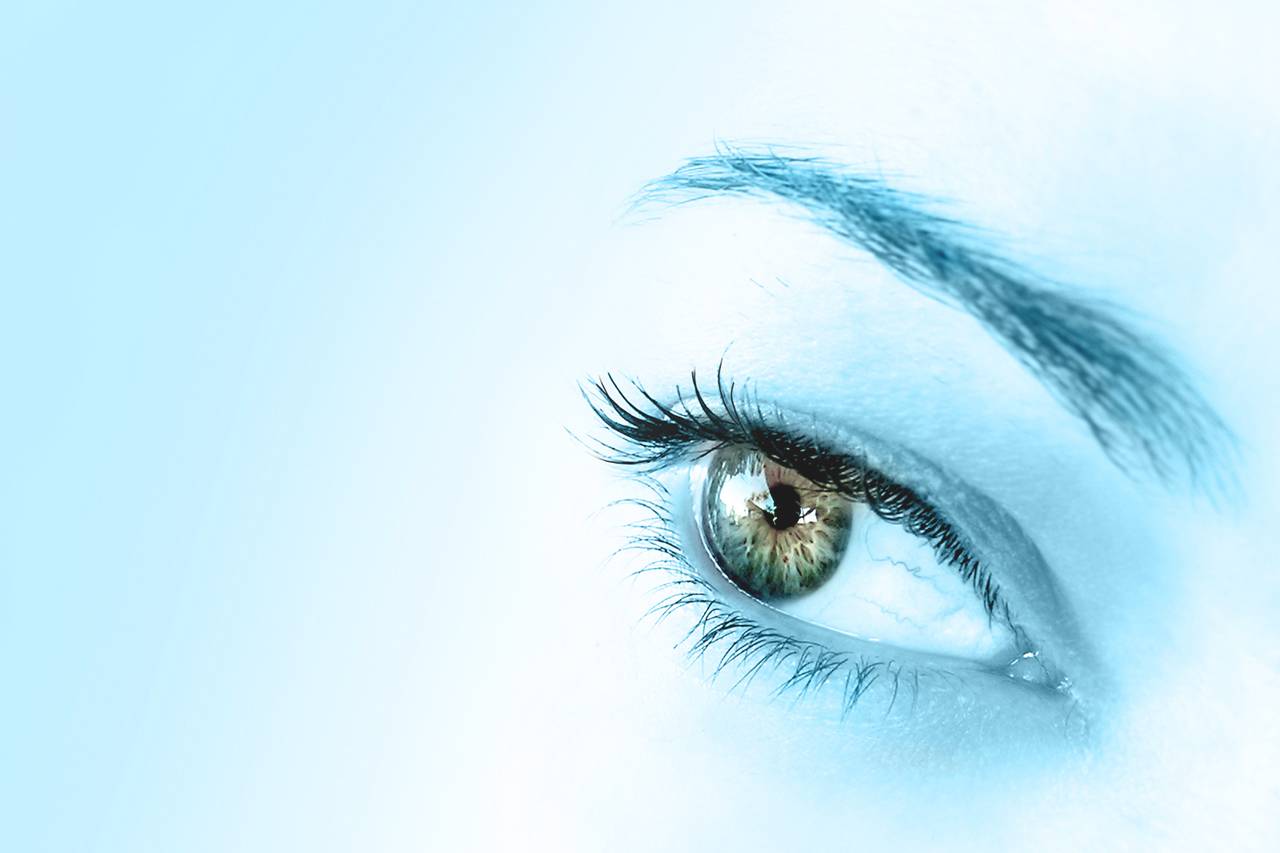Discover Top Retina Service Near Me: Cutting-Edge Solutions at Our Clinic
Exploring the State-of-the-Art Technologies Made Use Of for Detecting and Treating Eye Conditions
In the realm of ophthalmology, the evolution of modern technology has actually considerably enhanced the devices offered for diagnosing and treating various eye problems. From sophisticated imaging technologies that provide thorough insights right into eye structures to robotic-assisted operations that use unequaled precision, the landscape of eye treatment is continuously evolving. With the combination of artificial knowledge in diagnostics, gene therapy innovations, and online reality recovery, the possibilities for enhancing patient results are expanding at a fast pace. The merging of these advanced modern technologies holds the guarantee of changing the field of ophthalmology, supplying new opportunities for personalized and efficient therapies.

Advanced Imaging Technologies
Advanced Imaging Technologies have revolutionized the area of ophthalmology by giving detailed and specific visualization of the eye structures. Optical Coherence Tomography (OCT) stands out as a crucial technology in this realm. OCT makes use of light waves to capture high-resolution cross-sectional photos of the retina, permitting the recognition of minute architectural changes. This non-invasive technique help in the early discovery and monitoring of different eye problems such as macular deterioration, diabetic retinopathy, and glaucoma.
Moreover, Fundus Digital photography is an additional important device in ocular imaging. This strategy entails capturing comprehensive pictures of the rear of the eye, consisting of the retina and optic disc. Fundus Digital photography assists in documenting the progression of eye diseases, assessing treatment effectiveness, and informing individuals regarding their eye wellness.

Robotic-Assisted Surgical Procedures
Robotic-assisted surgical procedures have substantially progressed the capacities of ocular surgical procedure, introducing a brand-new period of precision and effectiveness in dealing with different eye problems. By integrating robotic innovation into procedures, ophthalmologists can achieve exceptional accuracy and control, leading to enhanced person end results.
One of the key advantages of robotic-assisted surgical procedure in ophthalmology is the boosted dexterity and stability it uses to doctors. The robot arms can carry out accurate movements with a high level of precision, enabling for delicate procedures with marginal invasiveness. This degree of precision is especially helpful in surgical treatments including the retina, where even small errors can have significant effects for a person's vision.
Moreover, robotic-assisted surgical systems give real-time imaging and responses to the doctor, allowing them to make informed choices during the treatment. This innovation enhances the doctor's situational understanding and enables changes to be made immediately, guaranteeing optimum outcomes for the individual.
Expert System in Diagnostics
With the advancement of advanced technologies improving medical precision in ocular procedures, the assimilation of Expert system in diagnostics has actually become an essential development reinventing the area of eye care. Expert System (AI) formulas are being increasingly used to analyze complicated information from imaging technologies like optical coherence tomography (OCT) and fundus digital photography to aid in the very early discovery and precise diagnosis of different eye conditions. These AI systems can effectively determine patterns and anomalies in photos that might not be discernible to the human eye, making it possible for quicker medical diagnosis and therapy preparation.
AI algorithms can additionally anticipate illness progression, advise tailored therapy plans, and evaluate the efficiency of treatments. By streamlining the analysis process, AI not only enhances the performance of eye care specialists yet additionally improves person outcomes by enabling prompt treatments. As AI remains to advance, its function in diagnostics article is expected to expand, providing new possibilities for early treatment and tailored therapy in the area of ophthalmology.
Gene Therapy Developments
In the world of ocular innovations, current strides in gene therapy innovations have actually triggered considerable rate of interest among scientists and medical care experts alike. Gene therapy holds immense promise in changing the therapy of various eye conditions by targeting the hidden genetic reasons. By presenting genetic product right into cells to make up for abnormal genetics or to supply a missing genetics, gene therapy supplies an individualized method to addressing page acquired eye conditions such as retinitis pigmentosa, Leber congenital amaurosis, and others that were formerly considered untreatable.

As research in genetics therapy continues to advance, the possibility for tailored treatments for a wider series of eye problems grows, offering brand-new expect patients with hereditary eye illness.
Virtual Fact Rehab
Virtual truth rehabilitation has actually become a cutting-edge strategy in improving the recovery and recovery processes for people with different aesthetic disabilities. refractive surgeries in al. By simulating real-world settings through immersive modern technology, online fact offers an one-of-a-kind system for vision therapy and rehabilitation. This innovative method enables individuals to involve in interactive workouts and tasks created to boost visual acuity, depth assumption, eye sychronisation, and overall aesthetic functioning
One secret benefit of virtual truth recovery is its ability to tailor treatment programs based on the details needs and capabilities of each person. Through real-time comments and surveillance, healthcare experts can track progression, adjust interventions, and supply tailored treatment to maximize outcomes. Furthermore, virtual fact technology can produce a controlled and safe space for individuals to exercise aesthetic jobs, conquer difficulties, and construct self-confidence in a digital setting before transitioning to real-world situations.
Final Thought
To conclude, the advancements in imaging technologies, robotic-assisted surgical treatments, expert system diagnostics, genetics treatment developments, and virtual fact recovery have actually significantly improved the diagnosis and treatment of eye problems. cataract care service. These state-of-the-art technologies have actually changed redirected here the area of ophthalmology, permitting more effective and exact treatments. As innovation continues to develop, the future of eye care looks encouraging with the possibility for a lot more ingenious services to improve patient end results
In the realm of ophthalmology, the evolution of technology has actually substantially improved the tools readily available for detecting and treating various eye problems. Fundus Digital photography assists in recording the development of eye diseases, reviewing therapy effectiveness, and educating people regarding their eye health.
Artificial Knowledge (AI) algorithms are being significantly used to analyze intricate data from imaging modern technologies like optical comprehensibility tomography (OCT) and fundus photography to help in the very early detection and exact diagnosis of various eye conditions.In conclusion, the improvements in imaging technologies, robotic-assisted surgical procedures, synthetic knowledge diagnostics, gene treatment innovations, and online reality rehab have actually considerably boosted the diagnosis and therapy of eye conditions. As innovation proceeds to develop, the future of eye treatment looks promising with the capacity for also more innovative options to boost client results.